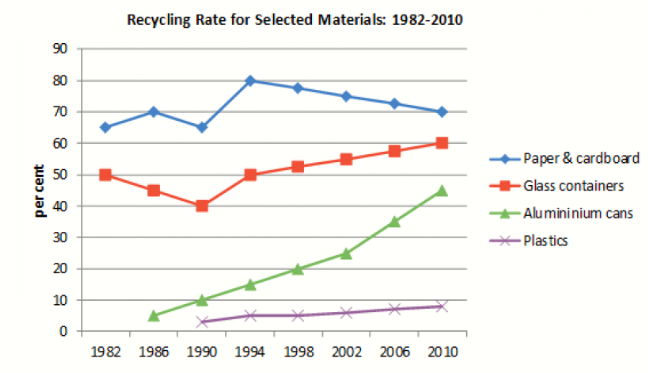The prominence of English as a subject in educational institutions has garnered considerable attention, leading many to argue that its importance surpasses that of local languages. The neglect of these indigenous languages may ultimately result in their extinction. I firmly contend that while the acquisition of English is vital, particularly in today’s globalized world, local languages should also be prioritized in the curriculum from an early age, as they embody cultural heritage and a sense of identity.
English is the predominant language taught in educational establishments across the globe, often regarded as a lingua franca. Its widespread use in various domains, such as international business, science, and diplomacy, illustrates its significance. The language has become a means of connection for people from diverse backgrounds. For instance, proficiency in English facilitates access to employment opportunities and educational resources in countries such as the United States, the United Kingdom, and Australia. Furthermore, the trends in migration reflect this urgency; for example, data from CNN indicates that the percentage of Latin Americans migrating to the US increased from 35% in 2010 to 55% in 2022, primarily in pursuit of improved life prospects and better employment opportunities driven by English proficiency.
Nevertheless, it is crucial to recognize that local languages carry immense cultural and historical value, serving as a vital link to one’s heritage and identity. For instance, in Ecuador, while Spanish is the dominant language, indigenous languages such as Quichua represent the cultural richness of native communities. To ensure the continued existence of these languages, it is imperative that educational policies reflect a balanced approach. Governments should revamp their curricula to ensure equal emphasis on both English and local languages. This could be achieved through initiatives by the Ministry of Public Education that promotes awareness campaigns and engaging educational activities highlighting the significance of local languages. Furthermore, legislation could be introduced mandating equal teaching hours for both English and local languages.
In conclusion, English undeniably plays a pivotal role in the modern educational landscape, but this should not eclipse the value of local languages in schools. By implementing targeted campaigns and interactive educational strategies, it is possible to foster an appreciation for local languages while simultaneously promoting English. An inclusive approach to language education will not only empower students but also contribute to the preservation of linguistic diversity and cultural identity.






 Đăng ký
Đăng ký 

Bạn cần đăng nhập để them gia bình luận